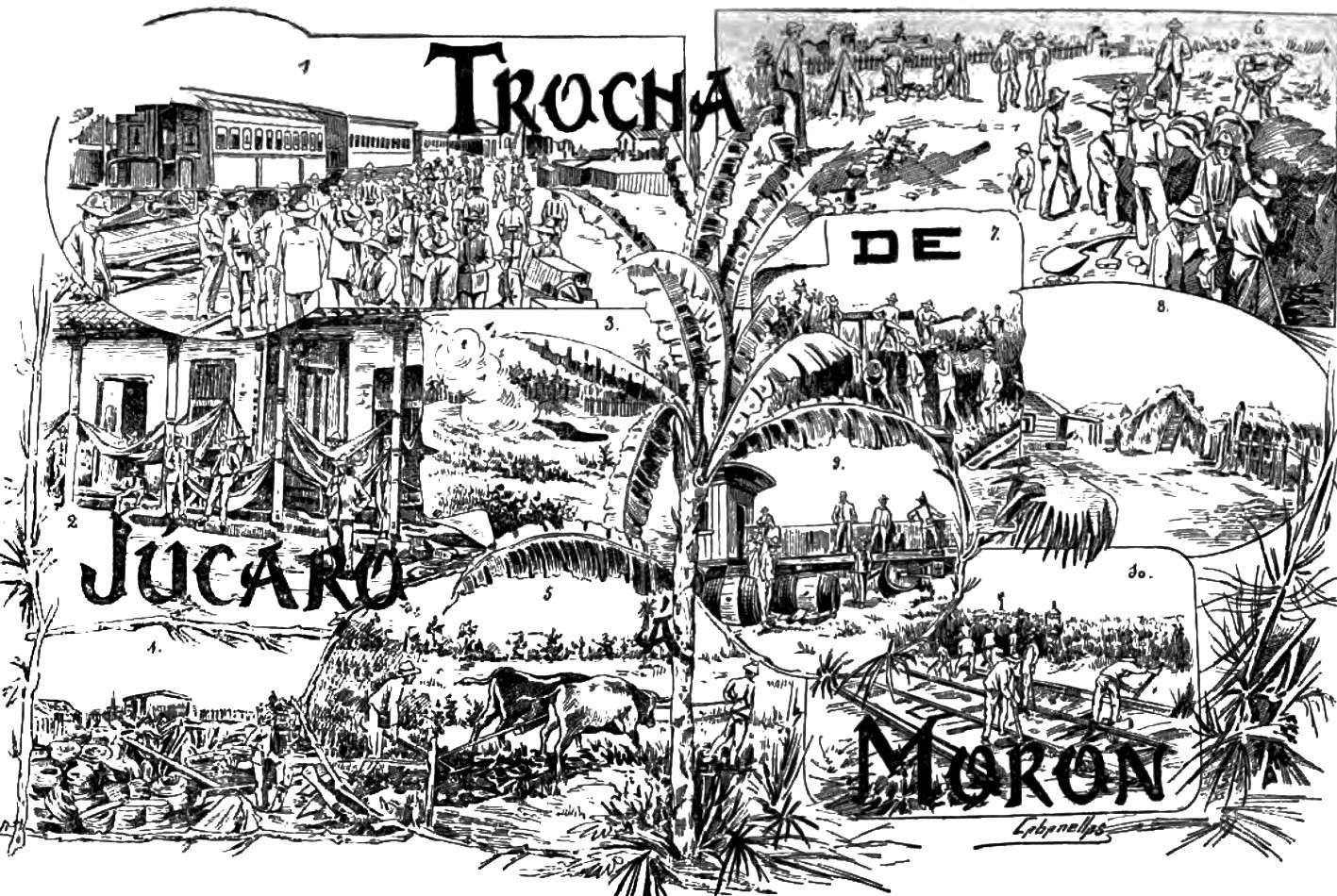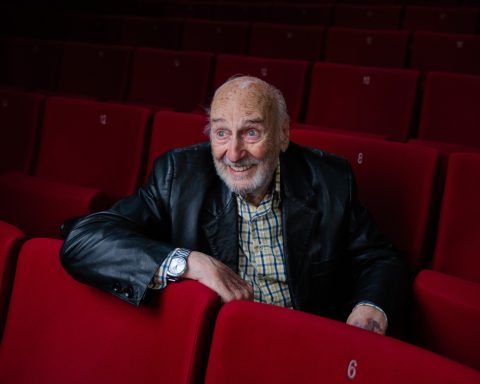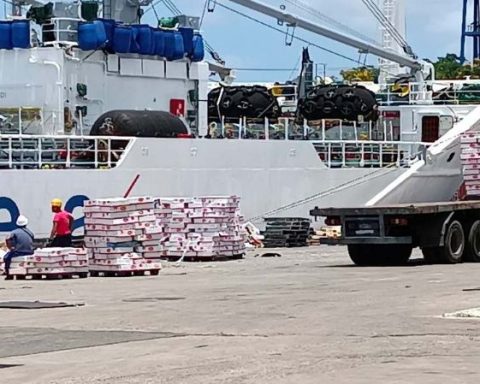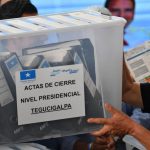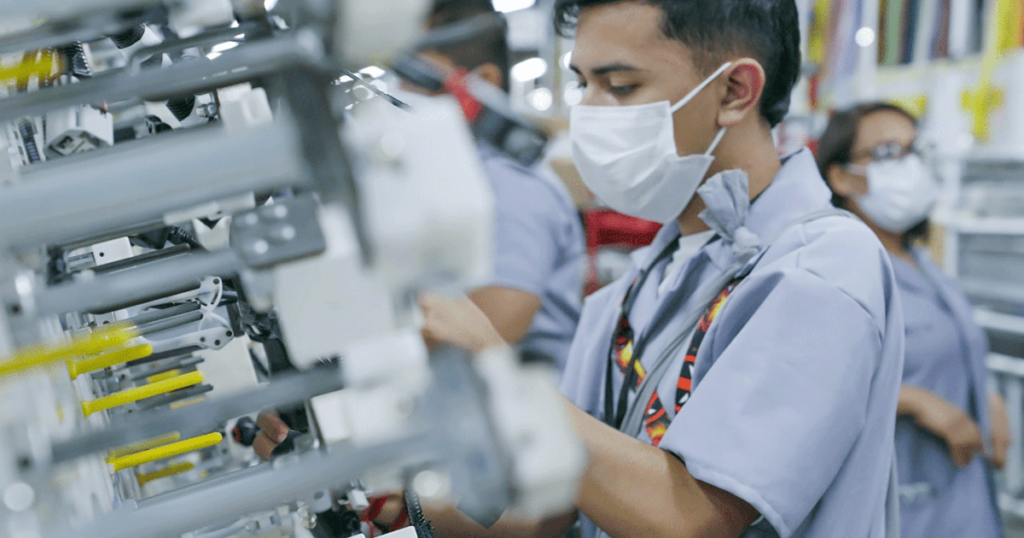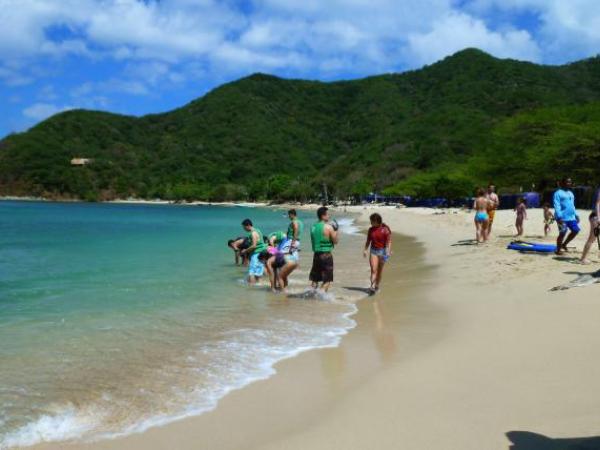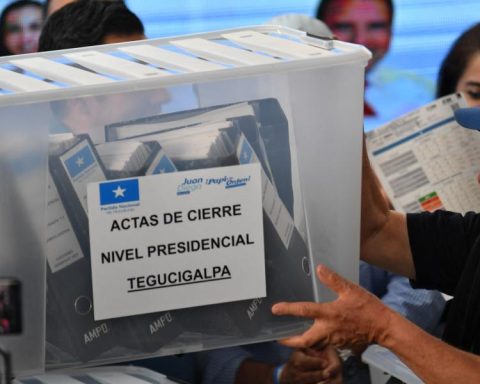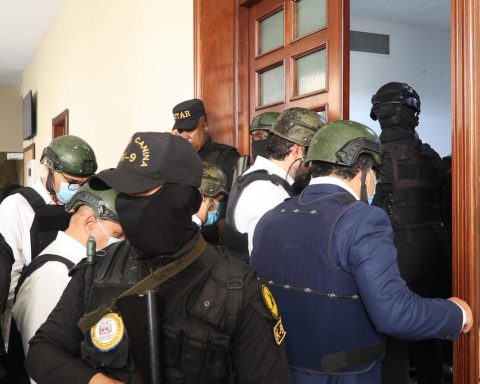maybe that year José Miguel Hernández Piña, Rivadeneira de Lugo y Campos, Count of Villamar drank his corojazo more than usual, the drink he enjoyed when he closed a successful deal.
The owner of the Resurrección sugar mill and extensive haciendas had reason to celebrate, since By Royal Order, in 1840, the Spanish Crown had authorized him to build a warehouse and a dock in Júcaro, on the southern coast of Ciego de Ávila, a small village of about 300 inhabitants.
From then on, the keys belonging to the Jardines de la Reina, were silent witnesses to the export of precious woods, honey, sugar, leather, beef, among other products. Júcaro would also receive the merchandise needed by the Avilanians, mostly dedicated to agricultural production and livestock.
Jacobo de la Pezuela, Spanish historian, in his well-known and useful dictionary published in 1863, describes Júcaro thus:
»(…) It is the most frequented point on the coast of the Ciego de Ávila district, where it is designated by the name of Coleta, although it is actually a spring sheltered by the keys of Los Muertos, Ana María and some others that do not have special denomination.
“Only shallow draft vessels can enter the pier: anchored between the channels of the aforementioned keys, whose depth is 4, 5 and 6 feet…
«The vicinity of this pier, full of numerous low reefs, has a very cheerful aspect because its shores and the immediate keys are covered with green and leafy mangroves. It has a nice beach that attracts some families from the vicinity in the bathing season.
(…) there is a good hardwood dock about 50 varas long and 3 wide, and a warehouse for deposits of fruits, from where a 40 varas wide road starts that extends to Morón through the village of Ciego de Avila».
There were two more roads: one that went along the coast towards the area of Sancti Spíritus and another that reached the La Soledad sugar mill, owned by the Valle-Iznaga family, a wealthy Trinidadian family, located on land now occupied by the Ramón Domínguez de la Cooperative. Peña, in the municipality of Venezuela.
After the start of the Great War (1868-1878), the importance of the hamlet increased, the landing site for combatants, and the unloading of materials that would be used in the construction of the Trocha, the famous system of fortifications erected by Spain, from this place to Morón, to prevent the conflict from spreading to the West of the Island.
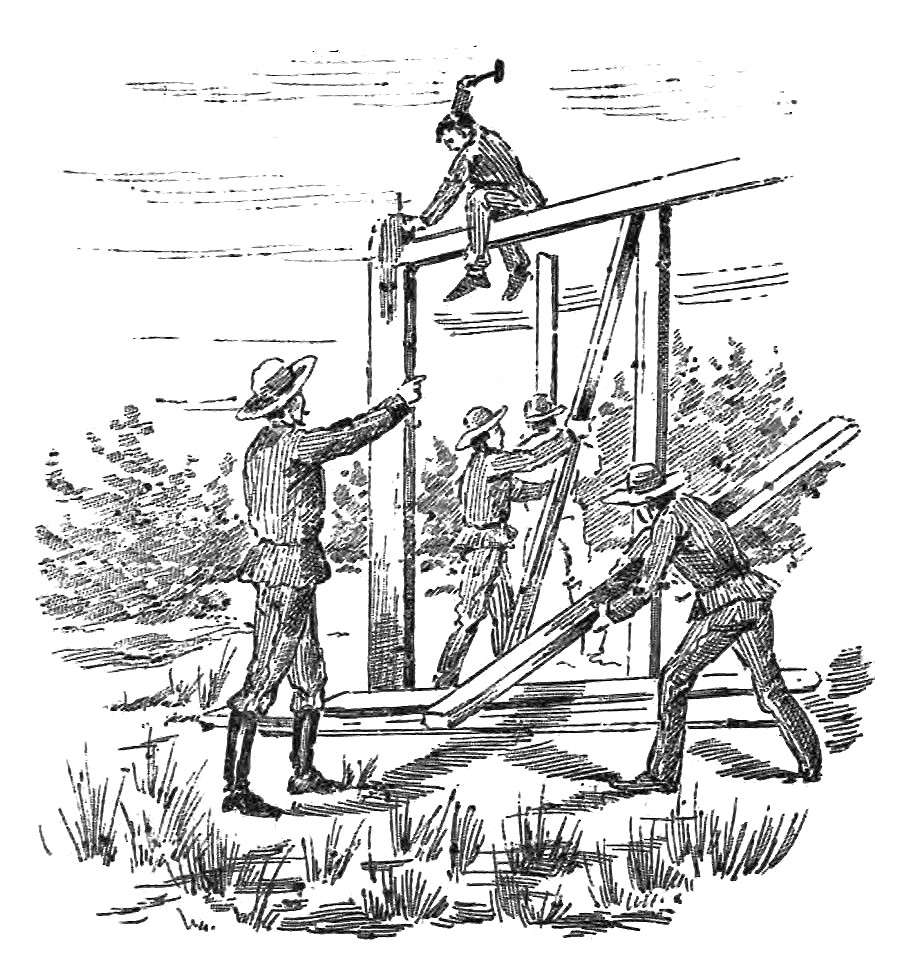
Construction of a fort.
The name of Júcaro had space on the front pages of the newspapers published in Havana and in the “Motherland” when he was visited by the captains general José Gabriel Concha and Blas de Billate, Count of Valmaseda.
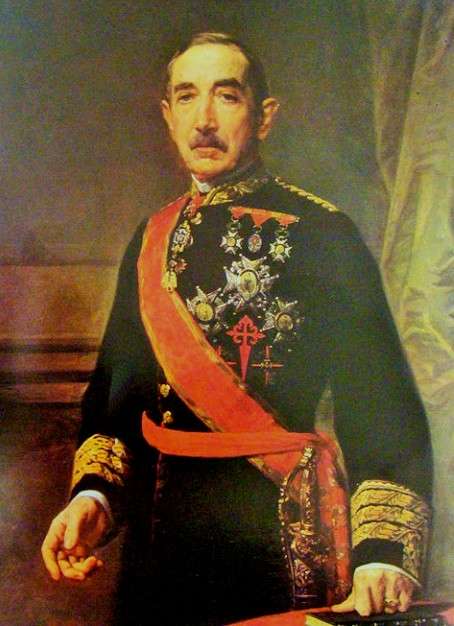
The execution there, on June 19, 1871, of the Mambí general Eduardo Mármol was also an event. Ballagas, a native of Santiago de Cuba and one of the initiators of the insurrection, who was still convalescing from serious injuries suffered in Camagüey, had been captured while fighting under the orders of Ignacio Agramonte.
In 1874, Júcaro had a fort with capacity for 200 soldiers, a hospital and telegraph communication with Ciego de Ávila and Morón.
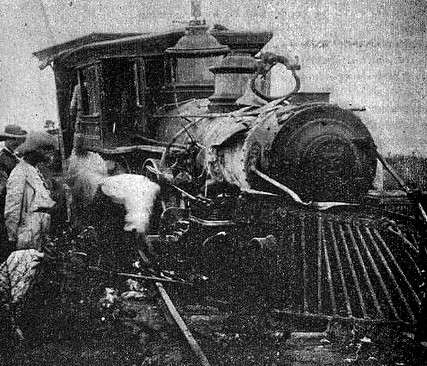
passenger transport
Travelers arrived or departed from the docks to different destinations, since the port was included in the itinerary between Havana and Santiago de Cuba, followed by steamships Trinity, Hundred fires Y Glory. These ships called at Cienfuegos, Trinidad, Tunas de Zaza, Júcaro, Santa Cruz and Manzanillo.
In 1879, every Wednesday, at six in the morning, they left Batabanó. To get to this place, travelers did so on a train from Villanueva Station, in Havana.
In the fertile truce
At the end of the war, the town had a railway that connected it with Ciego de Ávila, extended in 1880 to Morón. In search of more information, I consulted the minutes of the City Council treasured in the Provincial Museum of History Coronel Simón Reyes Hernández. This is how I was able to learn that the Jucareños made a living as merchants, fishermen, and landowners. For example, Juan Zevenet owned a tannery, Pedro Fraderas owned a mix shop. Other owners of wooden houses and tile roofs who lived there were named Robustiano Marrón, Manuel Batallán José Pineda, Fulgencio Arroyo, José Payró and Adolfo Morgado Paz, who on the 1st. October 1908, he took office as mayor of Ciego de Ávila, a position in which he served until 1912.
During the so-called Fertilizing Truce, the authorities established taxes on import trade. As the quotas went too far, they were criticized by the newspaper The Voice of Cuba. In his edition of September 28, 1883, he published the note that I have recovered from the collections of the José Martí National Library:
What happened and is happening in Júcaro.
On the fourteenth day of this month, a boat arrived at Júcaro from the keys with coal and ten horses of firewood. After completing the paperwork at customs and the port authority, it began its unloading at the point that had been designated and most favorable to the interests of the employer. In this operation, the chief of the Railroad Station presented himself with the order of the Military Commander to suspend the unloading… stating that he could only do it at the railroad dock, upon payment of 20 cents per pack horse; Later another boat arrived from Manzanillo with Plátanos and they were also forced to disembark at the indicated pier. This wharf, which is said to belong to the State, was built at random times by the troops to facilitate the disembarkation of provisions and other effects needed by the forces that garrisoned the Trocha. The businesses in Ciego de Ávila and Júcaro also did so through the pier, paying 25 cents for each load. Then, 35 cents per load and a 35% surcharge have been imposed on the few who have the misfortune to look at the little left by the fire that reduced that town to ashes. 20 cents and 3% per load also pays for Ciego’s trade.
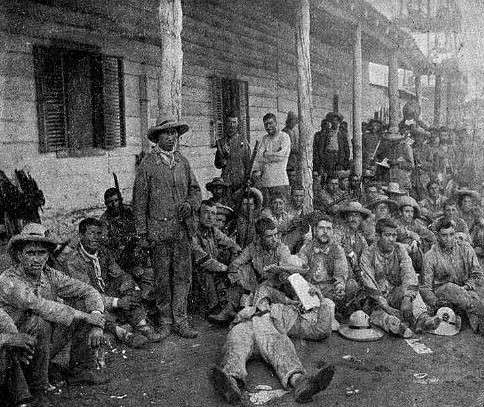
In the last war of independence (1895-1898), in Júcaro the gas factory that fed the lighting of the Trocha was built, the authorities fortified the hamlet and inaugurated a small hospital, the population and commerce increased. The number of troops arriving or marching was incessant. Even Captain General Valeriano Weyler visited the port that also served as the embarkation point for the evacuation of the army when Spain lost its “Always faithful Island of Cuba”.
